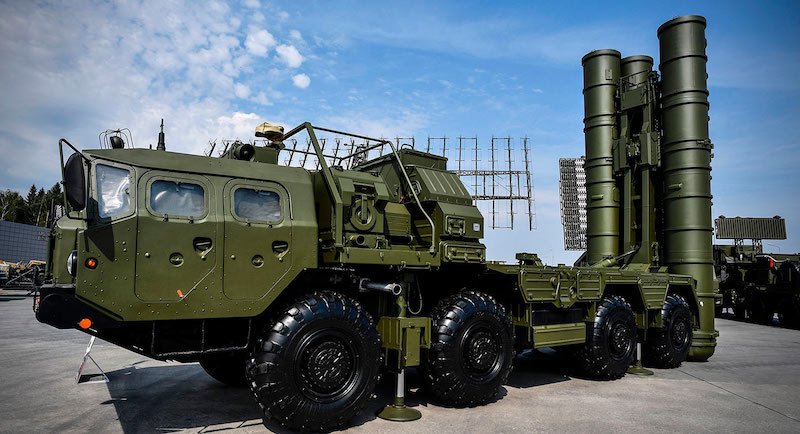In order to improve the operational readiness and technological superiority of the Indian Armed Forces, the Modi administration authorized capital procurement proposals of over ₹67,000 crore on August 5, 2025, through the Defence procurement Council (DAC), which was chaired by Defence Minister Rajnath Singh.
This calculated action demonstrates India’s resolve to modernize its armed forces in the air, sea, and land domains while stepping up support for domestic manufacturing under the “Make in India” and “Buy” (Indian-IDDM) frameworks.
The DAC gave the Indian Army Acceptance of Necessity (AoN) to purchase Driver Night Sights for BMP vehicles that are based on Thermal Imagers.
These cutting-edge sighting technologies will significantly increase mechanized infantry’s nighttime mobility and combat effectiveness, allowing for successful operations in low-visibility or nocturnal environments.
The Army will also gain from the impending purchase of Medium Altitude Long Endurance (MALE) RPAs, which will represent a major advancement in precise strike and persistent observation capabilities.
Armed and adaptable to a range of payloads, these RPAs can carry out lengthy missions and deliver real-time combat intelligence, a capability that has been emphasized as crucial in the wake of previous cross-border conflicts like Operation Sindoor.
One of the major clearances for the Indian Navy is the purchase of Compact Autonomous Surface Craft, which will significantly increase the effectiveness of anti-submarine warfare by identifying, classifying, and eliminating subsurface threats.
The BARAK-1 Point Defence Missile System upgrade, which improves naval defense against aerial threats, and the BrahMos Fire Control Systems and Launchers, which increase India’s capacity for supersonic strikes, have also been approved by the DAC.
The purchase of mountain radars and the modernization of the SAKSHAM/SPYDER weapon system were approved for the Indian Air Force (IAF).
The new mountain radars will significantly improve India’s monitoring and surveillance capabilities along its sensitive and rocky mountain borders, enhancing the effectiveness of early warning and quick response.
The country’s air defense grid is anticipated to be considerably sharpened against a variety of aerial threats as a result of the SPYDER system update, which includes integration with the Integrated Air Command and Control System (IACCS).
Additionally, the DAC authorized critical sustainment measures, such as a strong maintenance framework for the S-400 Long Range Air Defence Missile System and comprehensive maintenance contracts for the C-17 and C-130J strategic airlift fleets.
These contracts are intended to guarantee uninterrupted coverage by India’s cutting-edge anti-air missile shield and high operational availability of vital aerial assets.
Every suggested upgrade and purchase demonstrates a targeted approach to ensuring long-term technological dominance and quick reaction times in unstable areas, in addition to enhancing operational preparedness right now.
In order to promote both national security and local technical innovation, the government’s strategy, as outlined in the AoNs, affirms a continuous emphasis on defense industrial self-sufficiency and a decrease in reliance on foreign suppliers.
These approvals continue a trend of rising and consistent defense expenditures, and official remarks suggest that there will be more efforts in the coming years to increase defense spending as a share of GDP.
Under the government’s push for defense self-reliance and high-technology adoption across armed forces, industry and domestic companies are anticipated to play a major role in completing these massive orders.



